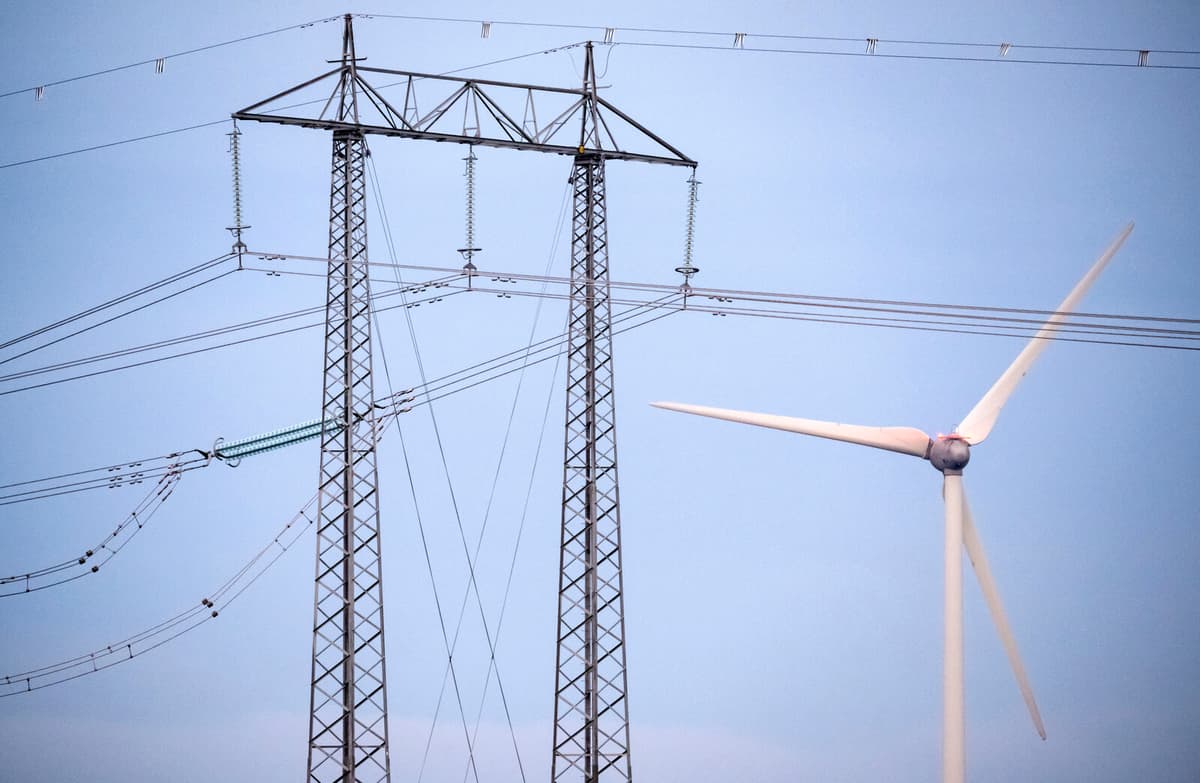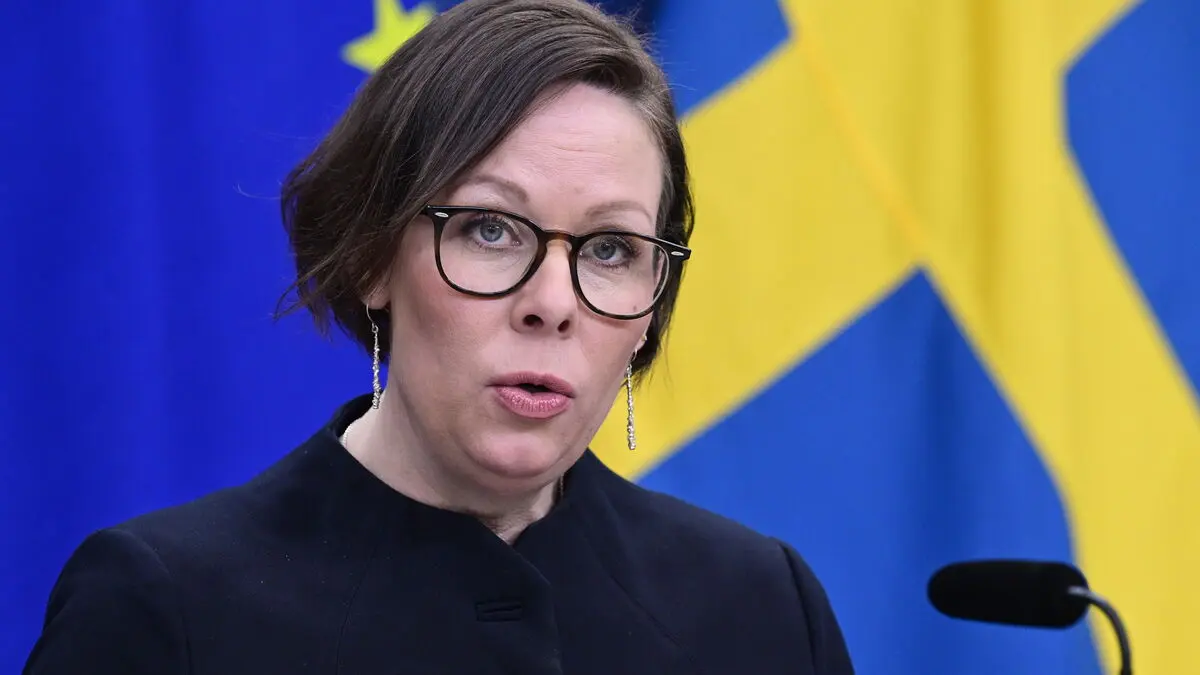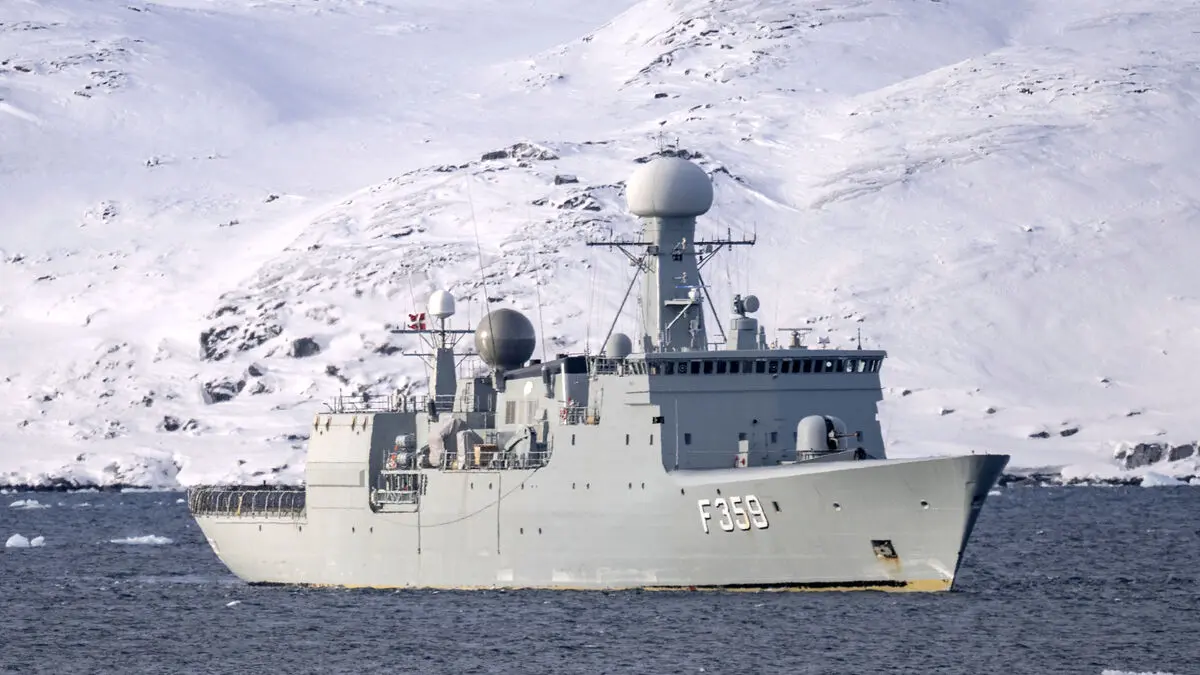The average price of electricity on the Nord Pool electricity exchange was during the first half of the year 14 öre per kilowatt hour (kWh) in Norrland, electricity area 1 and 2, the lowest since 2020. This can be compared to 42 öre for the first half of the year last year, according to the Energy Companies' analysis.
Record amount of water
Unusually much water in the rivers' reservoirs is an important explanation for the low price. Never before, at least since 1960, have the water levels been so high during the spring when the refill from the winter's snowmelt began again. Also, increased wind power production has pushed the price down.
In southern Sweden, the picture is different. In electricity area 4, southern Götaland, the average price on the electricity exchange was 66 öre/kWh, three öre higher than the first half of 2024, but at the same level as the average for the years 2019-2023. In electricity area 3, northern Götaland and Svealand, the price was virtually unchanged at 49 öre.
"Lack of transmission capacity from north to south has meant that power has been locked in northern Sweden", says the Energy Companies' analyst Magnus Thorstensson in a comment.
Record in negative price
This has in turn meant that the hours with negative electricity prices on the electricity exchange have set new records, in electricity area 2, southern and central Norrland, during twelve percent of the time.
The total electricity production was largely unchanged during the first half of the year, compared to the same period last year. More wind and sun but less electricity from nuclear power and hydropower.
At the same time, electricity consumption decreased, mainly as a result of milder weather.
In addition to the stock market price on Nord Pool, electricity network fees, electricity tax and VAT of over one krona per kWh are added for households and companies.






